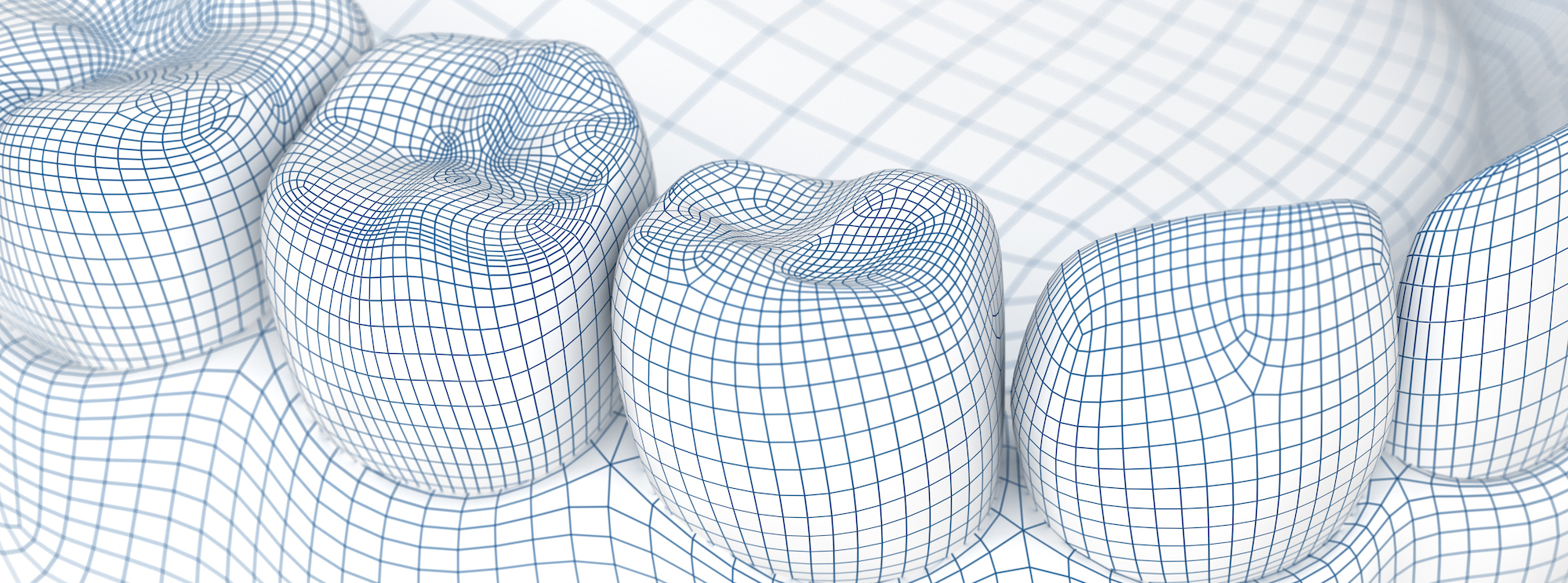What is digital dentistry?
According to Wikipedia, “Digital dentistry refers to the use of dental technologies or devices that incorporates digital or computer-controlled components to carry out dental procedures rather than using mechanical or electrical tools.” By this definition, digital dentistry has been around for quite some time, but we’d like to focus on the exponential advancements in more recent years.
Besides making Dentists’ lives easier, digital dentistry has made the patient experience quicker and easier in many ways, as well!
How does it work?
It starts with a digital impression of the mouth. A wand is placed intraorally to capture hundreds of images that are stitched together to create a 3D picture of the teeth and surrounding gums. This data is highly accurate and takes the place of conventional dental impressions (think gooey material from your orthodontic experiences as a teenager).
What are the advantages of digital dentistry?
Digital dentistry allows the dentist and dental lab to diagnose, plan, and work on a patient’s mouth through a digital model. The data can be manipulated with design software to create crowns and bridges digitally rather than by hand. Many times this can cut down on the amount of time a patient stays in temporaries or even eliminate them.
The scanning and modeling process is also very accurate which adds a high level of accuracy and precision to the dentistry.
Furthermore, the data can also be saved and compared to a past (or future) scan to view alignment changes or teeth wear. We all know that teeth shift and wear over time. Now we can truly compare and see what these changes really are and treatment can be rendered to help maintain health and prevent future breakdown of teeth. This can save the patient from future
unexpected dentistry and out of pocket expenses

